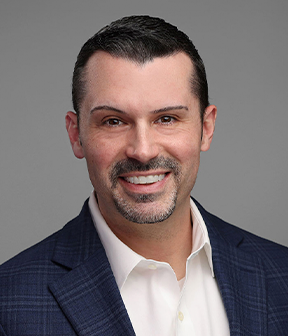
A year after acquiring DAS Group Professionals (DGP), one of the top providers of design and strategy for big-stadium cellular networks, global telecommunications firm America Fujikura Ltd. (AFL) is seeking to make more of a public name for itself as it advances its venue-owned DAS strategy.
Joining us today on the Stadium Tech Report podcast is Seneca Mullins, President of U.S. Services at AFL. In our discussion, Mullins talks about how AFL’s previous acquisitions of Beam Wireless and ITS combined with the DGP acquisition as part of a plan to build a complete solution to serve the market. Listen in as Mullins talks about how AFL views stadium DAS as a strategic asset, and what the company sees for the evolution of stadium DAS deployments — only on the Stadium Tech Report podcast!
Who is AFL, and where does it fit in the stadium DAS market?
As one of the world’s largest manufacturers of optical fiber, AFL has always had a place in the DAS market, Mullins said. As someone who has been with the company for more than 20 years, Mullins said “my focus has always been on combining AFL’s global manufacturing strength with our service expertise such that we deliver truly end-to-end connectivity solutions.”
While admitting that AFL has previously been somewhat of a “quiet participant” in the stadium DAS market, the company’s string of acquisitions in the space have moved it to a new place that will be more visible, Mullins said.
Why venue-owned DAS is the right strategy
In a world where the largest U.S. wireless carriers are publicly being more selective about their economic commitment to stadium DAS deployments, it’s more important than ever for venues to take charge of their own wireless strategies, Mullins said.
“Owning the DAS means that the venue takes responsibility for their infrastructure. They control it, how it’s managed, upgraded, and monetized. So it really is about aligning the network with the venue’s business goals, not just the carrier priorities,” Mullins said. “And treating connectivity as a strategic asset that can enhance the fan experience, it can create new revenue streams, and really future-proof the venue for years to come.”
Mullins also said that the venue-owned DAS strategy works no matter what size the stadium is.
“I do think the model can scale down,” Mullins said. “It’s not just for those marquee NFL Super Bowl type venues. The smaller venue, whether it’s a 10,000 seat college campus arena or a minor league baseball park, they can benefit as well. They may not see the carrier rent, but they can still take control of their connectivity, enhancing that fan experience and really utilizing their network as a competitive differentiator.”
For more from AFL’s Seneca Mullins, listen or watch the full podcast!


